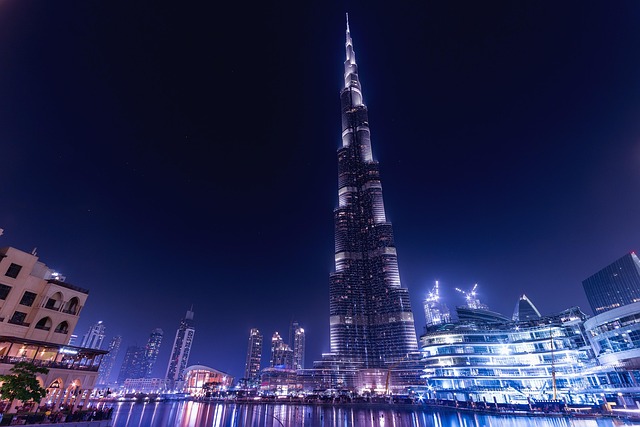Karachi's Korangi Road, Pakistan's primary thoroughfare, suffers from severe traffic congestion during peak hours due to urbanization, population growth, poor infrastructure, and inadequate public transport. To alleviate these issues, implementing intelligent transportation systems (ITS), promoting public and shared mobility, and embracing innovative urban planning strategies like multi-modal hubs can enhance flow efficiency, reduce environmental impact, and provide smoother commuting experiences for Karachi's diverse population.
“Exploring the intricate traffic dynamics of Korangi Road in Karachi, a bustling metropolis, is essential for understanding the city’s mobility challenges. This article delves into the complex web of factors contributing to congestion on this vital corridor. From analyzing peak-hour patterns to identifying specific triggers, we unravel the mysteries. Furthermore, we propose potential solutions and envision future prospects to mitigate traffic snarls, aiming to enhance the overall commuting experience for Karachi’s diverse population.”
- Understanding Traffic Patterns on Karachi's Korangi Road
- Challenges and Causes of Congestion
- Potential Solutions and Future Prospects
Understanding Traffic Patterns on Karachi's Korangi Road

Karachi, as Pakistan’s largest city, experiences dense traffic across its network of roads. Korangi Road, a significant thoroughfare in the metropolitan area, is no exception. Understanding the unique traffic patterns on this road is essential for both commuters and urban planners. The flow of vehicles on Korangi Road varies throughout the day, with peak hours seeing an influx of traffic as residents navigate their daily commutes.
During morning and evening rush hours, the road often becomes congested, especially at intersections and near major landmarks. This congestion highlights the need for efficient traffic management strategies. By analyzing these patterns, city authorities can implement measures like dynamic pricing on toll roads or adjust signal timings to alleviate traffic jams, ultimately improving the overall mobility experience for Karachi’s diverse population.
Challenges and Causes of Congestion

The bustling Karachi Road, a vital artery in the heart of [City/Region], often grapples with significant traffic congestion, presenting several challenges for both residents and commuters. This issue is multifaceted, stemming from various causes that demand careful consideration. One primary factor contributing to the gridlock is the rapid urbanization and population growth of the area. With an influx of people moving into the city, the road’s capacity has been pushed beyond its limits, leading to heavy vehicular traffic during peak hours.
Additionally, inadequate infrastructure development has exacerbated the situation. The lack of proper lane markings, poorly designed intersections, and insufficient public transport options force many residents to rely on private vehicles, further intensifying the congestion. In terms of economic activities, the road’s significance as a major commercial hub also plays a role. Frequent truck movements, especially during cargo transportation, add to the traffic load, making navigation slow and cumbersome.
Potential Solutions and Future Prospects

To alleviate traffic congestion on Karachi’s Korangi Road, several potential solutions can be explored. Implementing intelligent transportation systems (ITS), such as real-time traffic monitoring and adaptive signal control, can significantly enhance flow efficiency. Additionally, encouraging the use of public transport through improved bus services and dedicated lanes could reduce private vehicle reliance. Promoting shared mobility options like carpooling and ride-hailing apps can also help ease congestion.
Looking ahead, Karachi has an opportunity to embrace innovative urban planning strategies. This includes developing integrated multi-modal transportation hubs that seamlessly connect roads, railways, and pedestrian pathways. Smart city initiatives focusing on data-driven traffic management and sustainable infrastructure development could further revolutionize travel in the future. By adopting these measures, Korangi Road and the broader Karachi metropolis can strive for smoother commuting experiences and reduced environmental impact.
The traffic congestion on Korangi Road, Karachi, is a complex issue with multifaceted challenges. By understanding these patterns, identifying the root causes, and exploring innovative solutions like smart transportation systems and infrastructure improvements, the city can work towards easing this bottleneck. Investing in sustainable and efficient transport options will not only benefit residents but also enhance the overall livability of Karachi. Through collaborative efforts and strategic planning, there is hope for a smoother future on Korangi Road and beyond.








Leave a Reply